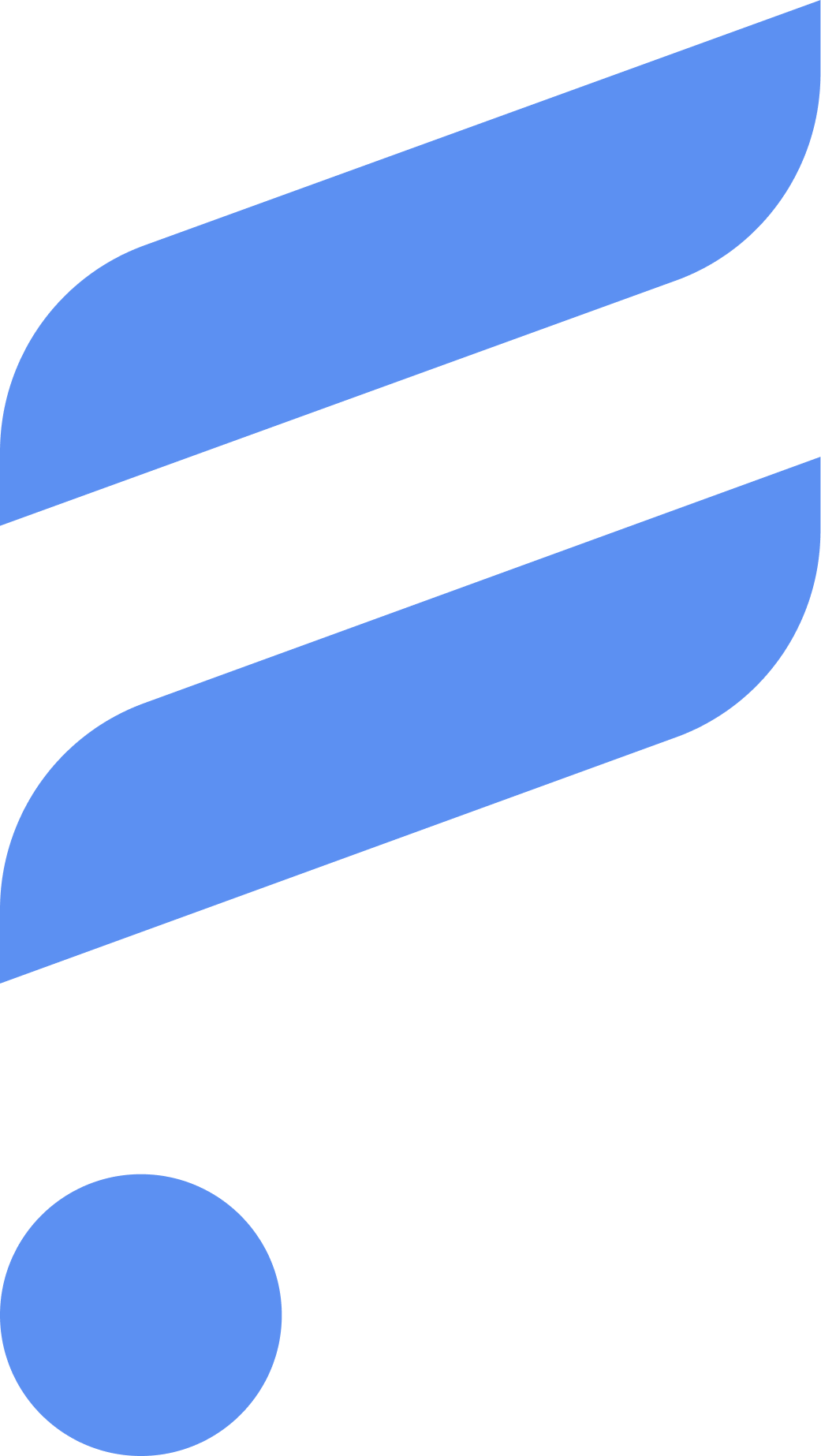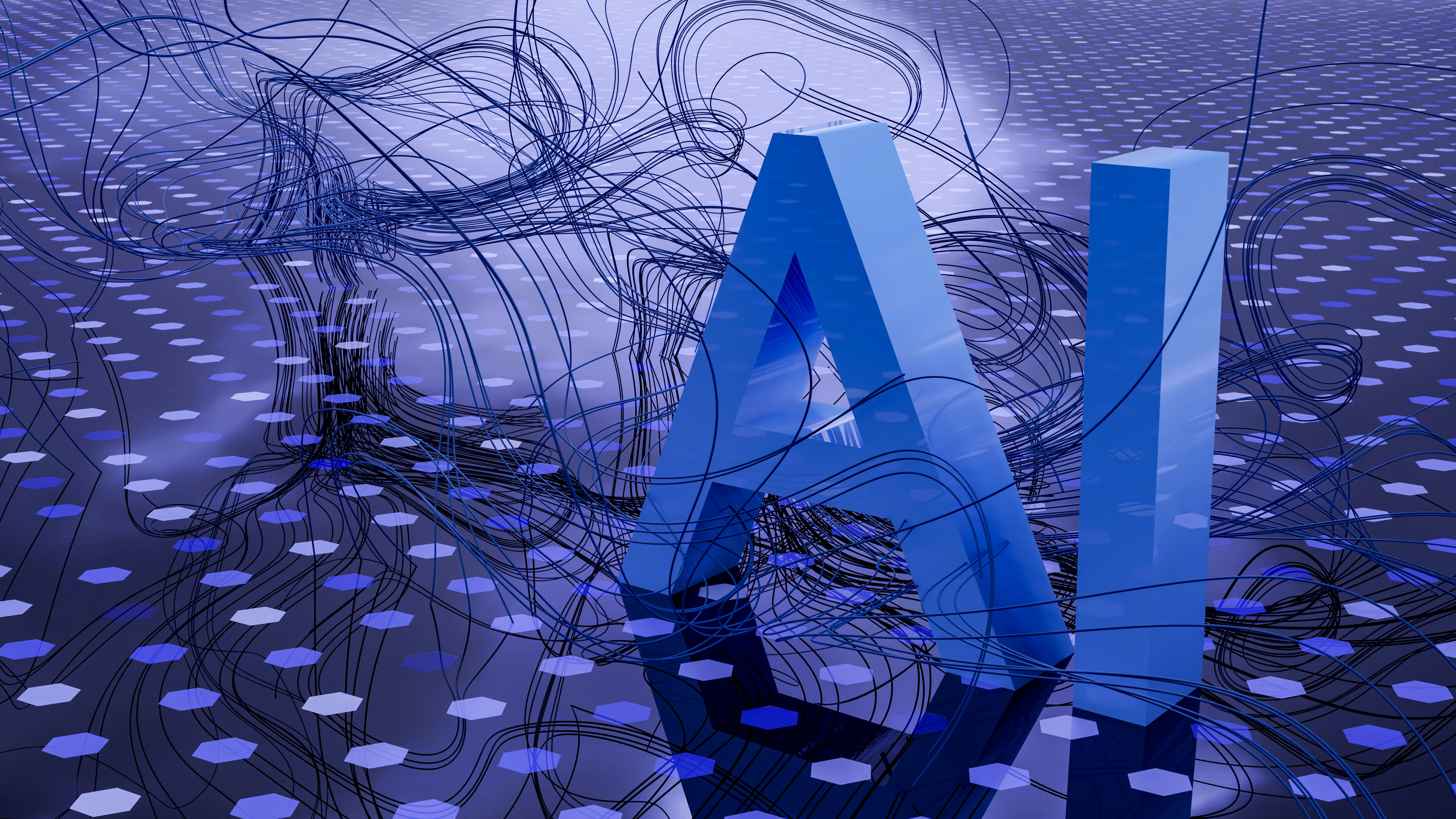


+13.000 top-tier remote devs

Payroll & Compliance

Backlog Management

Recruitment has reached a tipping point. With rising expectations for speed, fairness, and candidate experience, traditional hiring methods are struggling to keep up. Manual screening, instinct-driven shortlists, and time-consuming interviews often lead to missed opportunities and inconsistent outcomes. At the same time, companies face mounting pressure to hire faster, reduce costs, and attract top talent in a competitive market.
Artificial intelligence has moved beyond the experimental phase. A DemandSage survey in June 2025 found that 87% of companies already use AI-powered tools to help them hire employees.
From automating resume reviews to personalizing outreach, AI is becoming a core part of talent acquisition strategies across industries. Talent leaders are taking notice—67 percent of them rank AI adoption as a leading trend this year. Still, concerns remain. Some worry the technology may feel impersonal to candidates, and others question whether algorithmic decisions can ever be truly neutral.
This blog post breaks down how AI is transforming recruitment. We’ll explain what AI talent acquisition involves, highlight the key benefits and tools, address ethical and legal considerations, and look ahead at how these systems are shaping the future of hiring.
AI talent acquisition refers to the use of artificial intelligence technologies to streamline, enhance, and partially automate the recruitment process. AI systems can analyze a lot of data to find patterns, predict candidate success, and help make decisions during the hiring process. These systems often rely on machine learning algorithms, natural language processing, and predictive analytics to help with tasks like resume screening, candidate ranking, chatbot-based engagement, and even onboarding workflows.
At its core, AI talent acquisition includes several key components. First, there's sourcing. AI tools can look at job boards, databases, and social media to find people who are looking for jobs. These people have profiles that match the job requirements.
Then comes screening, where AI evaluates resumes, cover letters, and assessments using pre-set criteria or trained models to determine fit. Other systems manage scheduling, deliver personalized communication at scale, and track candidate sentiment.
When integrated into applicant tracking systems or HR platforms, these tools create a seamless experience for both recruiters and applicants.
Compared to traditional methods, AI recruitment offers scale, consistency, and speed. Human recruiters can only review a limited number of resumes per day and often rely on subjective impressions to make early judgments.
AI, on the other hand, can analyze thousands of profiles in seconds and apply standardized criteria to ensure every candidate gets a fair shot. While human supervision is still important, AI can help make hiring more data-driven and efficient.
AI is changing how companies find and choose talent. It is making companies hire better at different stages of hiring. One of the most immediate advantages is speed. Traditional screening often consumes hours of recruiter time, especially when hundreds of applications flood in for a single role.
AI tools can process those applications in seconds, identifying patterns and ranking candidates based on qualifications, experience, and role alignment. This acceleration allows hiring teams to focus on higher-value tasks such as interviews and offer negotiations, rather than getting bogged down in repetitive filtering.
Beyond efficiency, AI also holds potential for reducing hiring bias—though not without limitations. When trained on diverse and representative data, algorithms can apply consistent criteria to every applicant, helping minimize the impact of unconscious bias that often slips into manual reviews.
Still, care must be taken. If the data used to train these systems reflects existing biases, the algorithm may replicate or even reinforce them. Regular audits and ethical oversight remain crucial to ensure fairness and accountability throughout the process.
AI also improves the candidate experience by enabling faster communication, more personalized outreach, and smoother interactions.
Tools like chatbots can answer applicant questions instantly, provide updates on application status, and guide users through assessments or interview scheduling. This level of responsiveness helps reduce frustration and creates a more engaging journey, especially for candidates applying to multiple roles.
The impact on hiring quality stands out. AI can assess not only qualifications but also soft skills, growth potential, and even the likelihood of long-term success based on past performance data.
With predictive analytics, recruiters get information that helps match candidates with jobs where they are most likely to succeed. This helps them keep more people and improve team performance. When used thoughtfully, AI becomes more than a time-saver—it becomes a strategic asset for building stronger teams.
A growing number of platforms now offer AI-driven solutions tailored to different stages of the hiring process. Tools like HireVue analyze video interviews using facial and vocal cues to assess candidate traits. Pymetrics applies neuroscience-based games and behavioral science to evaluate fit based on cognitive and emotional attributes.
SeekOut uses advanced search filters and AI matching to uncover hidden talent pools, particularly for diversity sourcing. Eightfold stands out for its talent intelligence capabilities, helping companies match candidates not only to open roles but also to internal mobility paths and future positions.
These tools serve different needs depending on the company's size and hiring maturity. Startups and small businesses might prioritize platforms that offer prebuilt automation for screening or outreach, especially when resources are limited.
In contrast, large enterprises with high-volume hiring demands often look for scalable solutions that can integrate with their existing infrastructure and offer advanced features such as predictive analytics, diversity metrics, and personalized engagement flows.
Integration plays a critical role in getting the most value from these platforms. Many AI hiring tools now offer plug-and-play compatibility with applicant tracking systems (ATS) and broader HR tech stacks. This ensures that recruiters can continue working within familiar workflows while benefiting from AI-driven insights and automation.
Successful implementation depends on choosing tools that align with the company’s goals, technology environment, and compliance requirements. When integrated thoughtfully, AI enhances, not disrupts, the hiring ecosystem.
Bringing AI into your recruitment process starts with a clear understanding of your hiring goals. Begin by identifying the stages where automation or data analysis can provide the most impact, such as resume screening, candidate outreach, or interview scheduling.
From there, explore tools that align with those needs, making sure they offer flexibility, scalability, and integration with your existing systems. Starting with a pilot program allows your team to test the technology, measure results, and make adjustments before rolling it out more broadly.
Compliance and data privacy should guide every decision. AI recruitment tools often process sensitive candidate information, so they must follow local and international rules. Make sure any platform you adopt complies with standards or local AI governance laws.
Transparency matters just as much as legality. Candidates deserve to know when AI is being used in their evaluation and how their data is being stored and processed. Opt for tools that include built-in audit trails, customizable consent settings, and bias monitoring features.
Once the technology is in place, focus on preparing your recruitment team. Successful implementation depends not only on the tool’s capabilities but also on the human expertise behind it.
Train your recruiters to interpret AI outputs, recognize patterns, and apply sound judgment to final decisions. Encourage collaboration between hiring managers and tech specialists to create feedback loops that improve both process and outcomes. With the right foundation, AI becomes a powerful ally rather than a replacement for the human touch.
AI in hiring brings real benefits, yet risks rise alongside them. Data quality, representativeness, and governance shape outcomes, while explainability and candidate rights determine trust. Companies need clear accountability for how models are trained, evaluated, and deployed, with leadership oversight rather than set-and-forget automation.
Algorithmic bias remains a central concern. Historical data can show unfairness in the system, and features that seem unimportant may be signs of protected attributes. Strong controls help contain this risk.
Teams should run pre-deployment audits, review features for business necessity, and track fairness metrics such as adverse impact ratios across stages. Transparency strengthens confidence.
Candidates deserve notice when AI assists in evaluation, access to understandable reasons for decisions, and a channel to request human review. Recruiters need auditable logs, versioned models, and documentation that explains intended use and known limitations. Striking the right balance between automation and human intuition requires clear decision boundaries.
Let AI handle high-volume, rules-based tasks such as initial screening and scheduling, while humans make contextual judgments on potential, values alignment, and team dynamics.
Establish escalation paths for edge cases, run periodic spot checks on model outputs, and pair performance KPIs with fairness indicators. Continuous training equips recruiters to interpret signals, challenge outputs when needed, and turn AI insights into better hiring decisions. With disciplined oversight, technology and human judgment reinforce each other rather than compete.
AI is not just reshaping what recruitment looks like today. It is actively redefining what hiring will mean in the years ahead. One of the most influential shifts comes from predictive analytics.
Instead of reacting to open roles, companies are beginning to anticipate hiring needs by analyzing workforce trends, team performance data, and turnover risks. This approach allows recruiters to build proactive pipelines and engage talent well before a vacancy disrupts operations. By modeling future skill gaps, teams can focus on long-term growth rather than last-minute backfilling.
Candidate journeys are also becoming more tailored, with AI enabling personalized experiences at scale. AI helps make every candidate interaction feel more intentional. It does this by giving job recommendations that change based on what candidates do and what they like.
Chatbots deliver timely, relevant updates, and content can be adapted to each applicant’s stage in the process. This level of personalization improves engagement and creates a more human-centered experience, even when automation is running in the background.
Remote and global hiring continue to expand, and AI is playing a central role in managing that complexity. Tools can assess language fluency, cultural fit, time zone compatibility, and work style preferences, making it easier to evaluate candidates across regions without bias or misalignment.
For companies building distributed teams, AI offers structure and consistency. It helps recruiters maintain quality while scaling across borders. As talent becomes more global, AI ensures that the recruitment process keeps pace with the demands of a truly borderless workforce.
AI is reshaping talent acquisition from the ground up. From sourcing and screening to personalization and prediction, AI introduces speed, structure, and new levels of insight.
Recruiters now have access to tools that reduce repetitive tasks, flag top talent more accurately, and build consistent candidate experiences across regions and roles. Still, no system can replace the value of human judgment. Behind every algorithm stands a choice, and the best outcomes happen when technology supports, rather than overrides, recruiter expertise.
Success in AI-driven hiring depends on more than adoption. It calls for careful integration, ongoing oversight, and a clear understanding of both risks and responsibilities. Companies that get it right protect candidate trust, reduce bias, and stay agile in an increasingly global job market.
For companies ready to upgrade their hiring strategies, the next step starts with asking the right questions and choosing the right partners. Connect with us to learn more about our on-demand talent and managed software teams.
AI talent acquisition uses artificial intelligence to support and improve recruitment processes. It includes tools and systems that help companies source, screen, engage, and evaluate candidates more efficiently.
These tools rely on machine learning, natural language processing, and predictive analytics to analyze data, automate tasks, and offer insights that guide better hiring decisions.
AI helps recruiters save time and make more informed decisions. It can scan thousands of resumes in seconds, match candidates to roles based on skills and behavior patterns, and automate communication throughout the hiring process.
AI also supports personalized outreach and interview scheduling, allowing recruiters to focus more on strategic tasks rather than repetitive ones.
No, AI tools are not replacing human recruiters. Instead, they are enhancing the way recruiters work. While AI handles data-heavy and repetitive tasks like screening and scheduling, human recruiters remain essential for making final decisions, assessing soft skills, and ensuring cultural fit. The most effective recruitment strategies rely on collaboration between technology and human insight.
AI recruitment can reduce certain types of bias, especially when systems are designed with fairness in mind. However, algorithms can reflect and even reinforce existing biases if trained on flawed data. To promote fairness, companies must audit their AI tools regularly, provide transparency to candidates, and keep human oversight in place throughout the hiring process.
Small businesses can begin by identifying one stage of the hiring process that takes the most time or creates the most bottlenecks. From there, they can explore user-friendly AI tools focused on that area, such as resume screening or interview scheduling.
Many platforms offer scalable solutions that integrate with applicant tracking systems, making it easier for smaller teams to adopt without overhauling their entire process. Starting with a pilot helps test the tool’s value before expanding its use.

+13.000 top-tier remote devs

Payroll & Compliance

Backlog Management